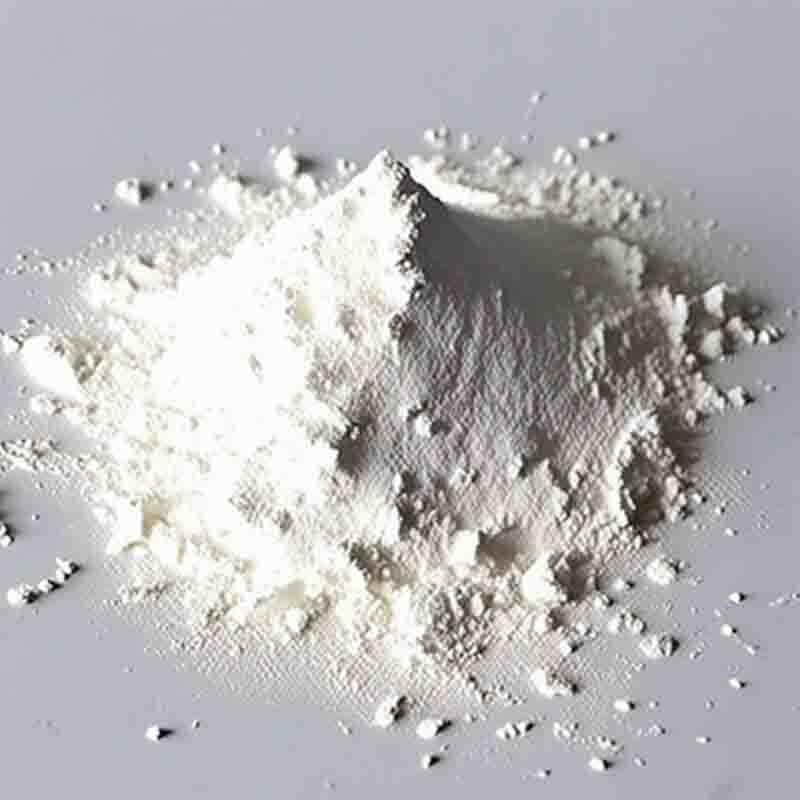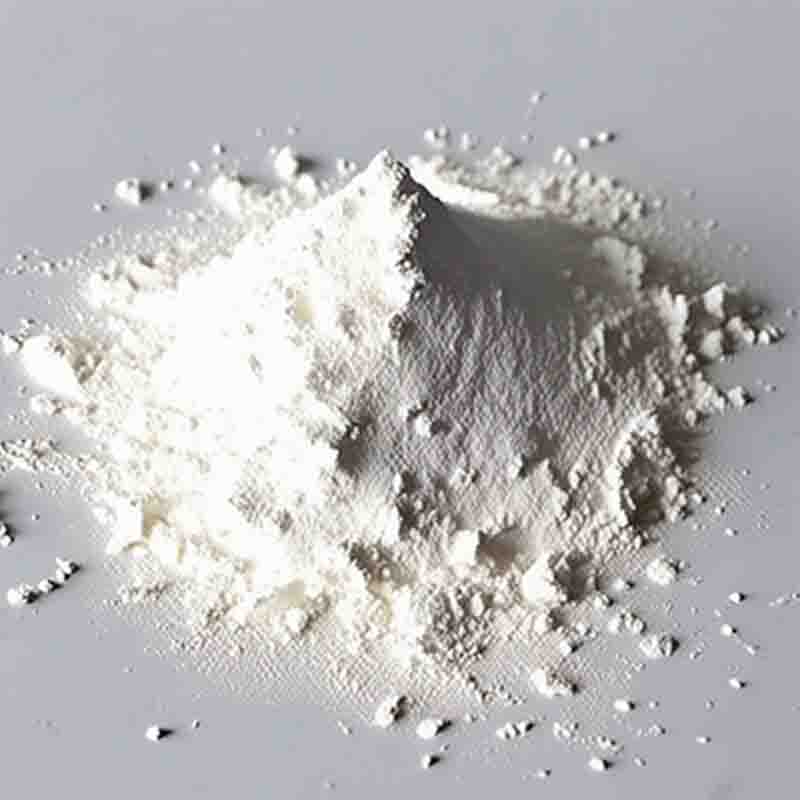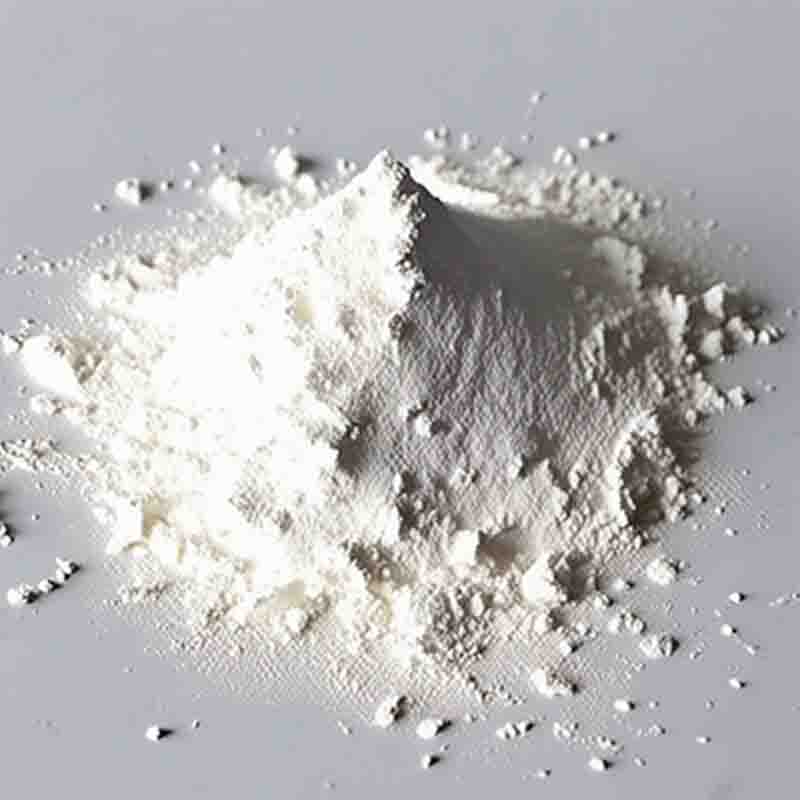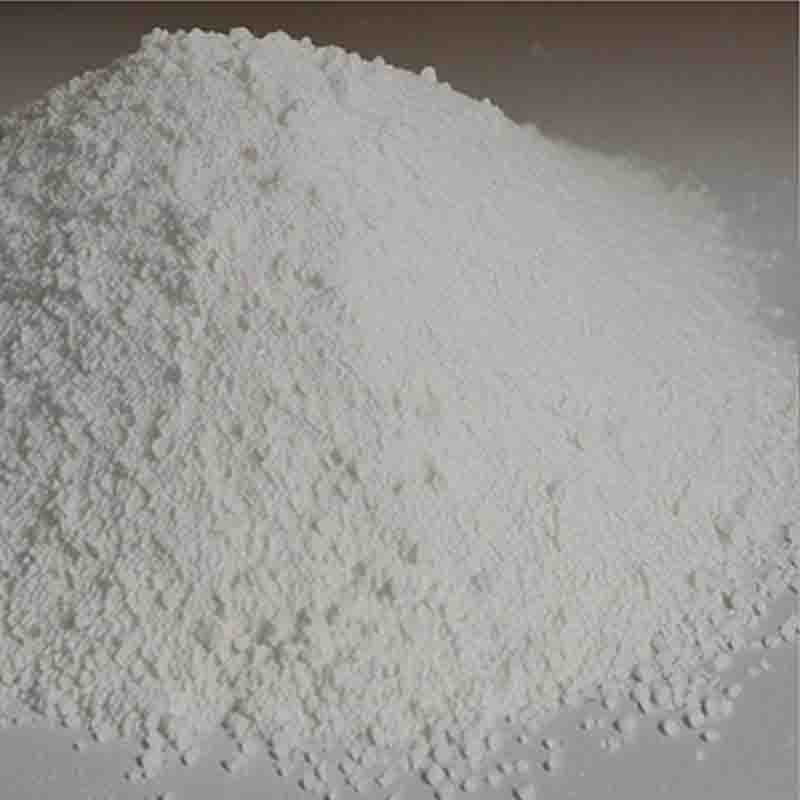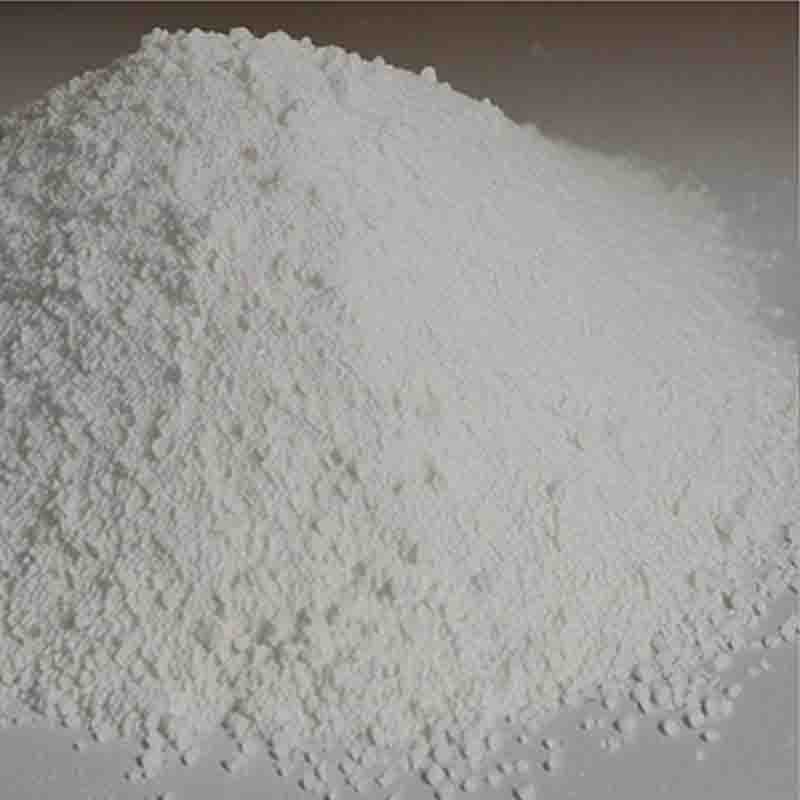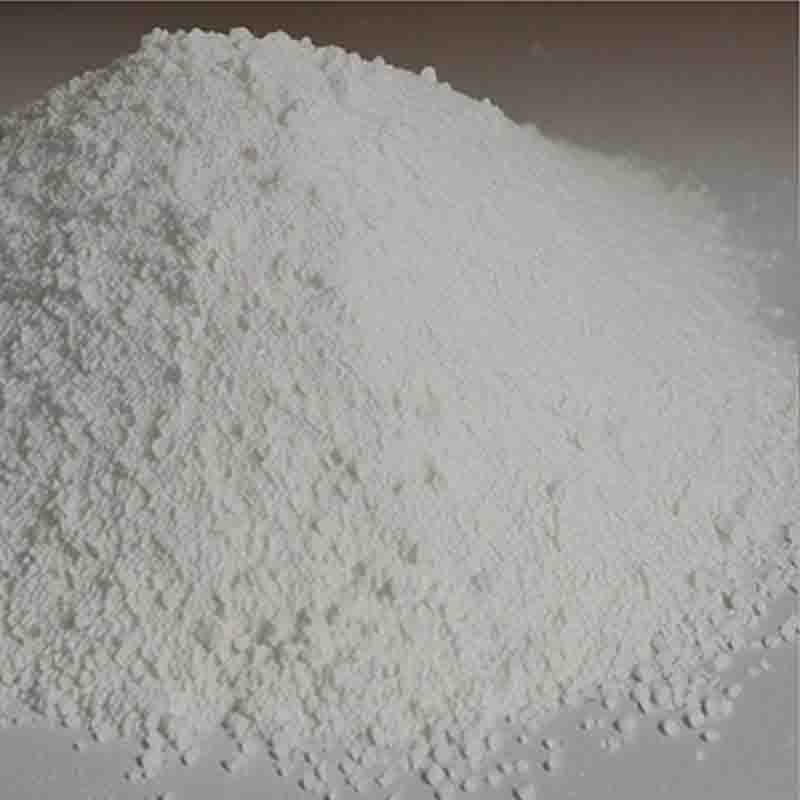Dichloro(p-cymene)ruthenium(II) dimer CAS: 52462-29-0
| Catalog Number | XD94464 |
| Product Name | Dichloro(p-cymene)ruthenium(II) dimer |
| CAS | 52462-29-0 |
| Molecular Formula | C20H28Cl4Ru2 |
| Molecular Weight | 612.39 |
| Storage Details | Ambient |
Product Specification
| Appearance | White powder |
| Assay | 99% min |
Dichloro(p-cymene)ruthenium(II) dimer, also known as Ru(p-cymene)Cl2 dimer, is an organometallic compound that contains a ruthenium (Ru) atom coordinated with two chloride ions and the aromatic compound p-cymene. This compound has diverse applications in various fields, primarily as a catalyst in organic synthesis and as a precursor for the preparation of other ruthenium complexes. Let's explore its uses and significance in more detail.One of the main applications of Ru(p-cymene)Cl2 dimer is as a catalyst in various organic transformations. The compound has been found to be particularly effective in catalyzing transfer hydrogenation reactions. Transfer hydrogenation involves the transfer of hydrogen atoms from a hydride donor to a substrate, leading to the reduction of the substrate. Ru(p-cymene)Cl2 dimer acts as a catalyst for this reaction, facilitating hydrogen transfer and enabling the conversion of unsaturated compounds, such as alkenes, carbonyl compounds, and imines, into the corresponding saturated products. This catalytic activity is invaluable in the synthesis of pharmaceuticals, agrochemicals, and fine chemicals.Additionally, Ru(p-cymene)Cl2 dimer has shown promising applications in catalytic hydroamination and hydroalkylation reactions. Hydroamination involves the addition of a nitrogen-hydrogen bond across a carbon-carbon double bond, while hydroalkylation involves the addition of a carbon-hydrogen bond across a carbon-carbon double bond. These reactions are essential in the construction of complex organic molecules and can be used for the synthesis of biologically active compounds and materials.Besides its catalytic applications, Ru(p-cymene)Cl2 dimer also serves as a precursor for the synthesis of other ruthenium complexes. By reacting the dimer with different ligands, a wide range of ruthenium complexes can be obtained with distinct properties and reactivities. These complexes find applications in various areas, including catalysis, materials science, and medicinal chemistry. For example, the coordination of Ru(p-cymene)Cl2 dimer with chiral ligands can lead to the formation of chiral ruthenium complexes, which are valuable in asymmetric catalysis for the synthesis of enantiomerically pure compounds.Additionally, Ru(p-cymene)Cl2 dimer has shown potential in the field of medicinal chemistry. Ruthenium complexes, derived from this dimer, have exhibited antimicrobial, anticancer, and antiviral properties. These complexes can target specific biochemical pathways and have shown activity against drug-resistant strains, making them interesting candidates for the development of new therapeutics.In summary, Dichloro(p-cymene)ruthenium(II) dimer is a versatile compound with various uses. Its primary application lies in catalysis, particularly in transfer hydrogenation, hydroamination, and hydroalkylation reactions. Furthermore, the compound serves as a valuable precursor for the preparation of other ruthenium complexes, including chiral compounds used in asymmetric catalysis. Its potential in medicinal chemistry adds to its significance, making it an important compound in organic synthesis and drug development.




